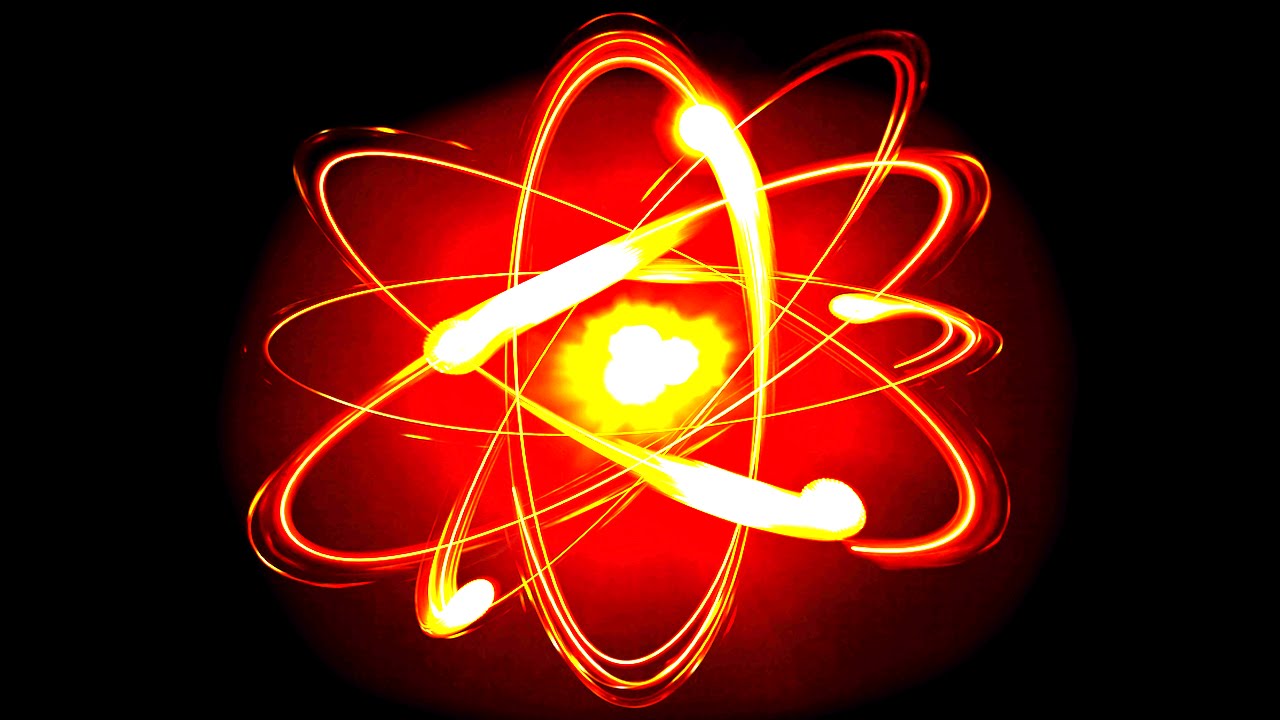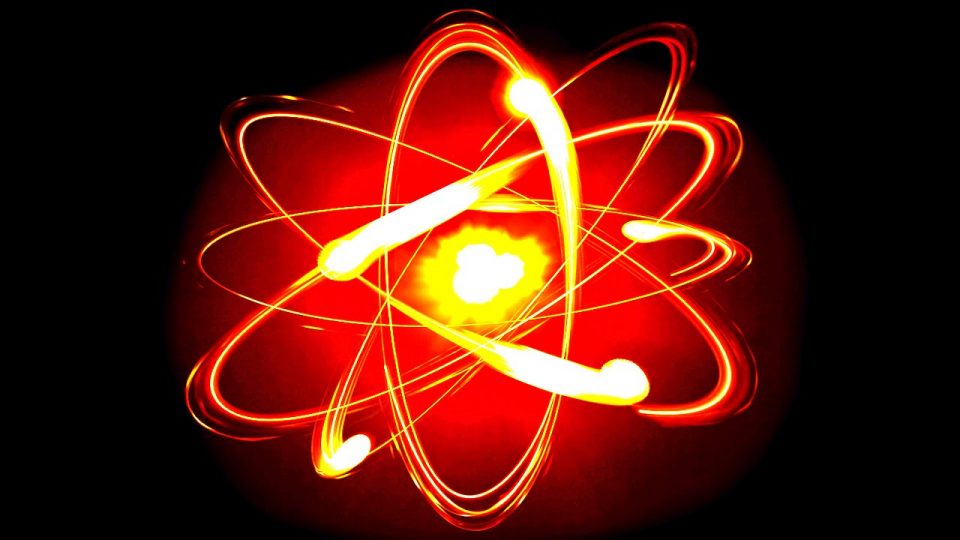

A paper describing a “new path” to fusion energy has been published in the latest edition of Chemical Physical Letters. Entitled, “Quantum controlled fusion,” it proposes an alternative to thermonuclear fusion as a way to achieve a sustainable commercial fusion reactor.
The approach taken by researchers at Rice University, University of Illinois at Urbana-Champaign, and University of Chile, describes a process by which atoms can be coaxed to get close enough to fuse using shaped laser pulses. The technique behind this is called femtochemistry, a way to overcome the natural force that atoms in close proximity use to repel from each other, known as the Coulomb barrier.
Rather than using high-temperature, high-pressure containment chambers containing gas plasmas at temperatures hotter than the sun, this method takes a shaped laser pulse and pushes a deuterium and tritium atom close enough together to fuse. Normally the positive charge in the nuclei of the atoms would force them apart. But by keeping the atoms intact, that is, not stripping away their accompanying electrons, the infrared laser pulses at 5-femtoseconds intervals hold the nuclei together.
So far modeling has been done at the quantum level with subatomic particles. Now the research team is experimenting with pulse shaping to determine what will work best at the atomic level. Anything with tritium, however, has to deal with a naturally radioactive element. And getting beyond the mathematics of the idea will require significant time and money investments.
States Peter Wolynes of Rice University, “I’d be lying if I said that when we started the calculation, I didn’t hope it might just solve mankind’s energy problems….At this point, it doesn’t. On the other hand, I think it’s an interesting question that starts us on a new path.”
For Wolynes and his colleagues, Martin Gruebele at Illinois, and Eduardo Berrios, in Chile, they have simulated the fusion reactions in two dimensions and speculate that in three dimensions, femtochemistry involving deuterium, tritium or even other elements could produce a significant positive energy output. Wolynes and Gruebele don’t describe themselves as nuclear physicists. There more into protein folding, nanostructures, and biological phenomena. Nuclear fusion they state is more a hobby.
Current nuclear fusion experimental technologies include a multi-billion dollar ITER Tokamak project in France, the Stellerator in Germany, two small Tokamak prototypes, one in the United Kingdom, and another at MIT, a proposed magnetized target fusion reactor in Canada, the Spheromak at University of Washington, and a truck-sized fusion reactor that Lockheed Martin says could be built and up and running in less than a decade.
First published at http://www.21stcentech.com/achieve-sustainable-nuclear-fusion-energy/



